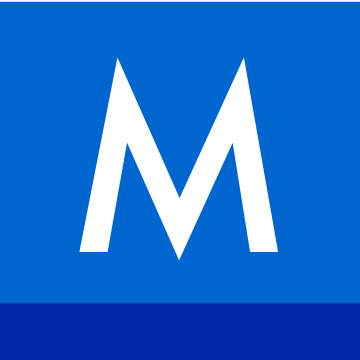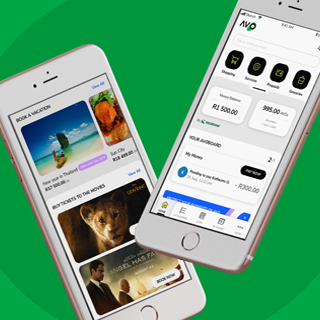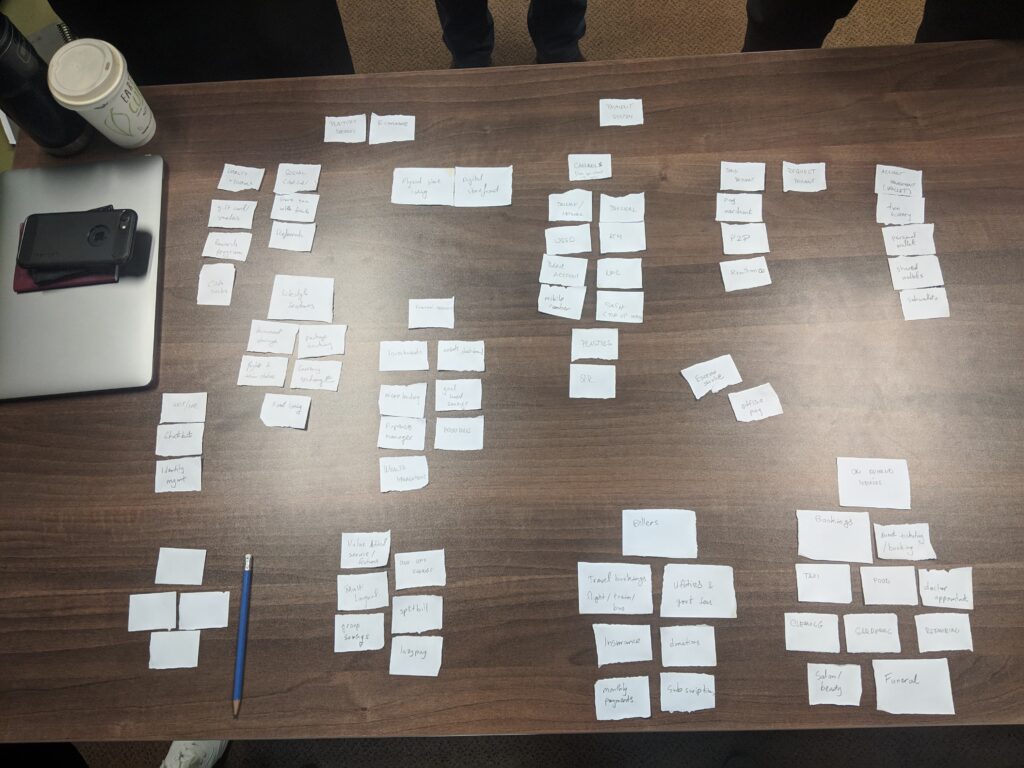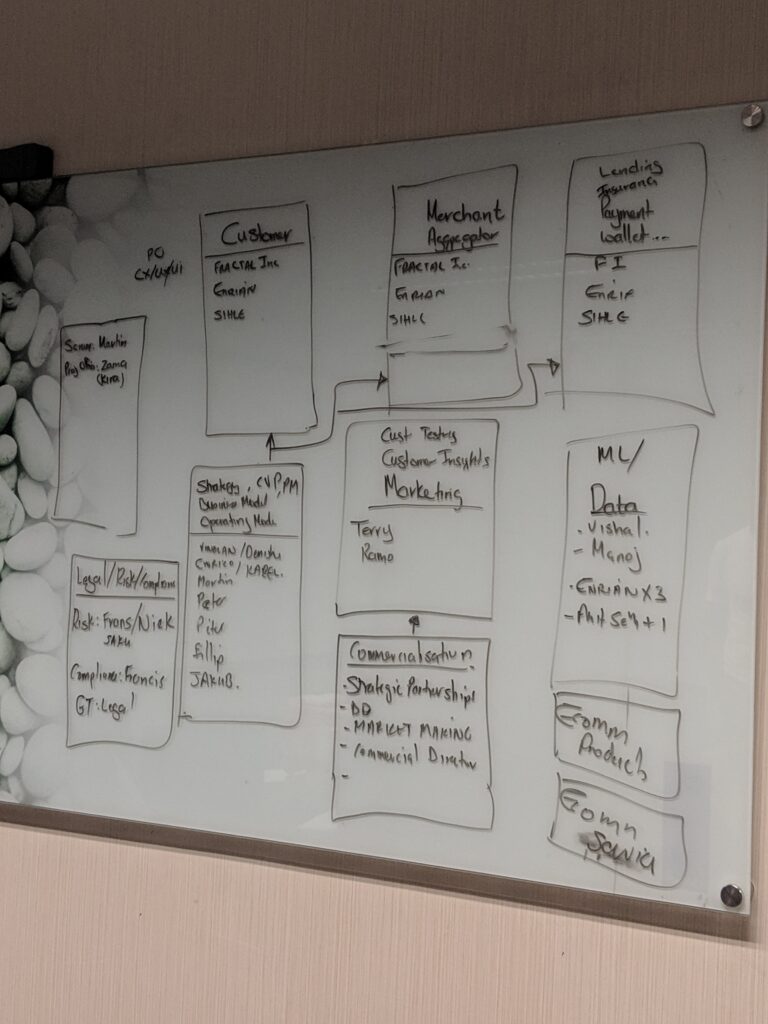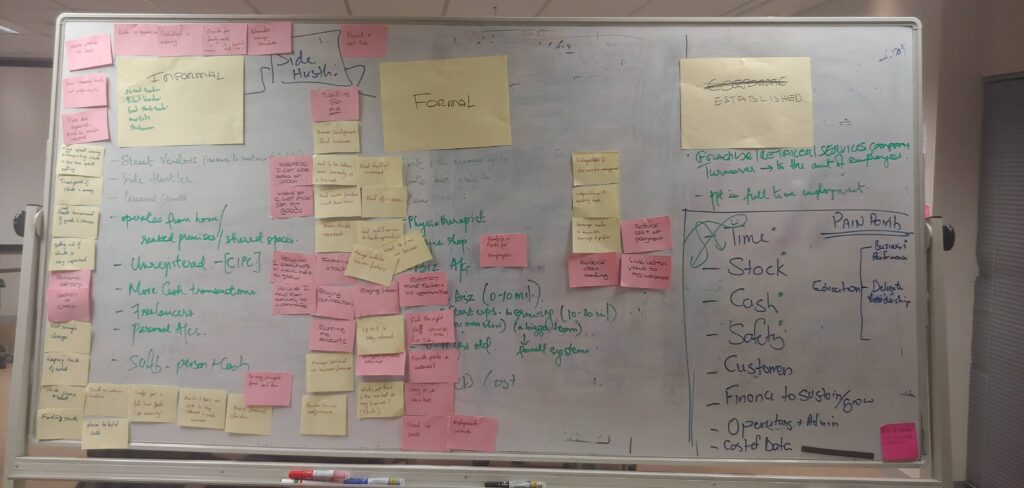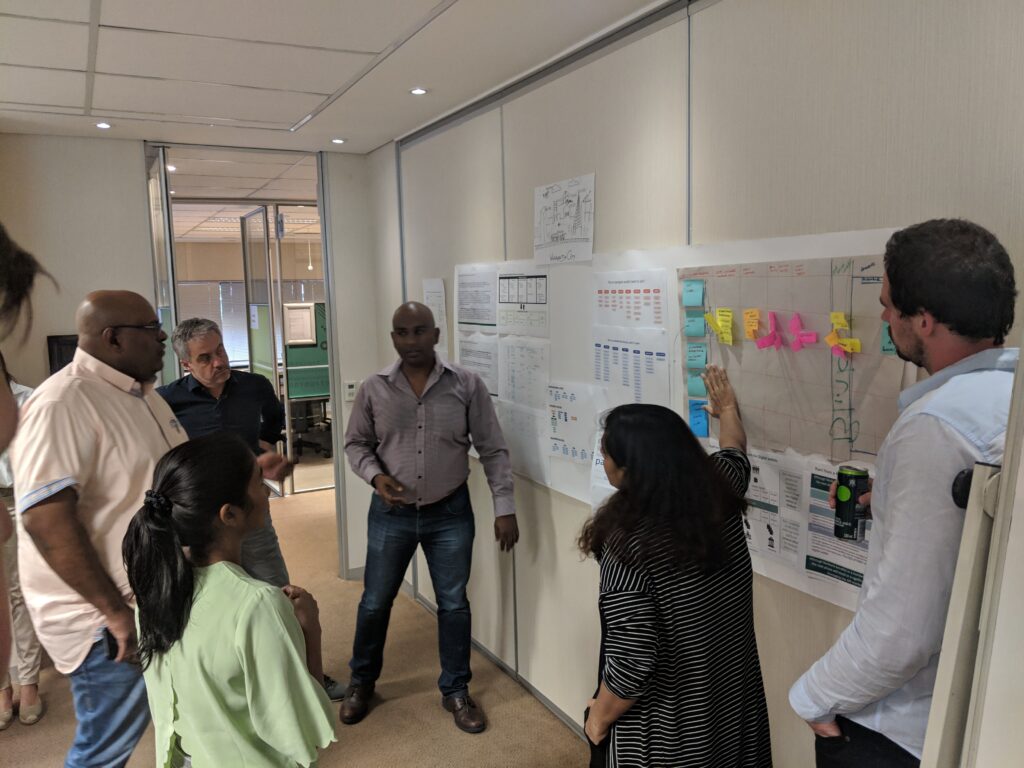About the project
Nedbank, the leading bank of South Africa, wanted to make thelife of an average South African better through digital interventions. The vision was to provide the ease of a one-stop shop for anything and everything. The customer platform, Avo by Nedbank, was launched to public in May 2020. The B2B platform, Avo Business by Nedbank, was launched in June 2020.
My role
I was involved in the project for well over a year. It started with a strategy phase where I helped shape the value proposition for the platform through a series of workshops, user research and ideation exercises with key stakeholders at Nedbank. This was followed by the design activities with continuous improvements in an Agile setup with 2 week sprints.
I was in charge of the work and performance of more than 18 designers working across 8 squads, as well as being the liaison for the design team and the Nedbank leadership. Here is a brief overview of my activities on the project:
- Inception and Strategy
During the first 6 weeks, we helped the Nedbank team formulate the key value proposition and shape the platform with a series of workshops and ideation and design activities.
- Framing CVP using the Value Proposition Canvas
- Ecosystem mapping
- User research driven domain prioritization for go-to-market strategy
- Elevator Pitch workshop
- Customer Empathy mapping
- Customer service design mapping

The initial concepts for the proposition of the platform was tested with a group of target audience customers spanning both customer and merchant users.
The insights from the research were used to first identify the addressable markets, then create personas, and then create customer archetypes.
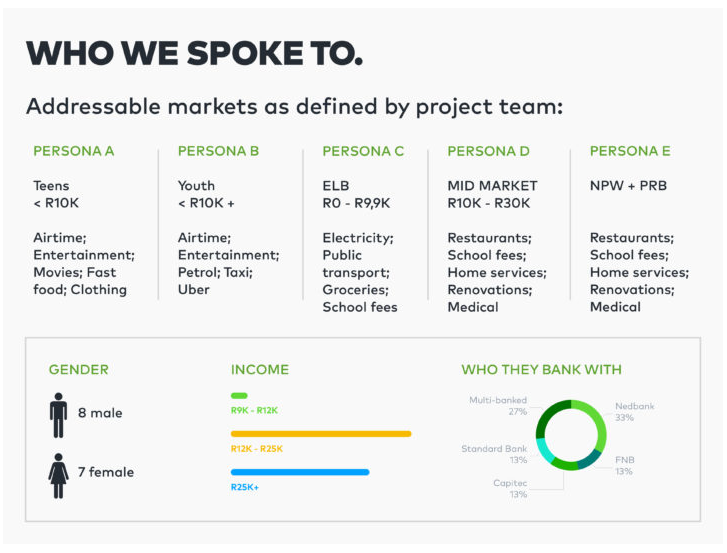
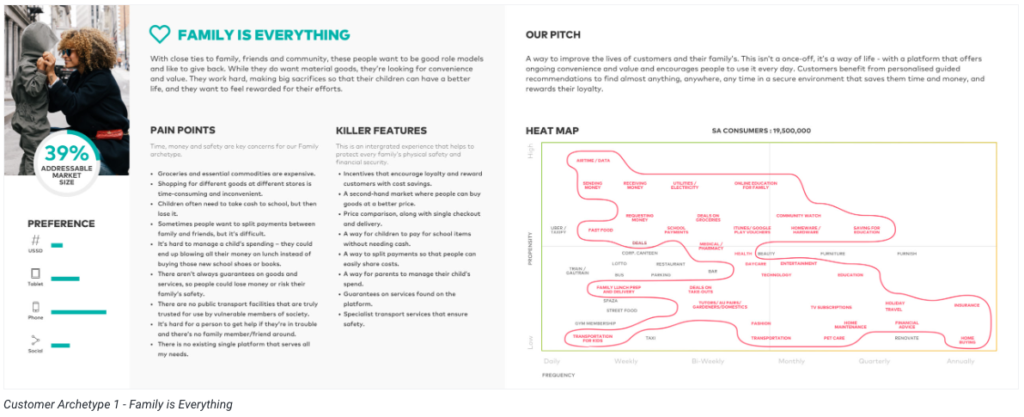
We also carried out extensive benchmarking of more than 30 apps and services to establish the gold standard experience.
The architecture of the platform was designed with workshops specifically designed to bring together the information from previous design activities.
The Information Architecture
The IA for the apps in the platform had to be just detailed enough to communicate the functionality requirements without going in to so much detail that it becomes the entire feature list. Moreover, we juxtaposed the features from both the merchant and customer apps on the same diagram to give a birds eye view of development scope for each app.

Design ops
Transitioning from the strategy phase into the design phase, it was essential to establish clear design operations that would ensure speed, consistency, and quality of work from the entire design team, as well as allow them to work with other squad members working in different roles.
To this end, I established the product documentation wiki in Confluence for the product team, with clear structures and patterns that enabled all team members to be instantly aware of the latest state of design, as well as see the historic documentation whenever required. The developers had their own style of documentation, so over the course of a couple of weeks I established new documentation styles that would bring together the considerations of team members from different disciplines.
I also conducted Agile training workshops for all new onboarded team members, which included a historical view of the project, as well as provided guidance about the documentation standards we maintained. Besides this, I also introduced the use of various tools that sped up the design work in small parts, such as xmind, poeditor, productplan, as well as many sketch plugins that allowed designers to automate many common actions and tasks.
A key milestone in the product design journey was the workshop for the visual design of the apps where we presented 4 design directions and gathered feedback from the CEO for the digital fast lane, and other high level stakeholders at Nedbank.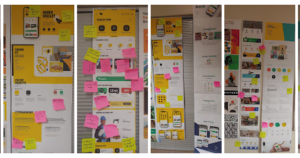
Multiple work streams
The product was built by over 500 people across design, development, strategy, marketing, IT, legal, and more, all of whom were located in different places. This required intense coordination between different squads and regular cadence of stand up meetings, work demos and communication with MS Teams. For the design team in particular, the use of cloud storage, a centralised design library in sketch, and solid documentation standards ensured smooth operations and delivery.
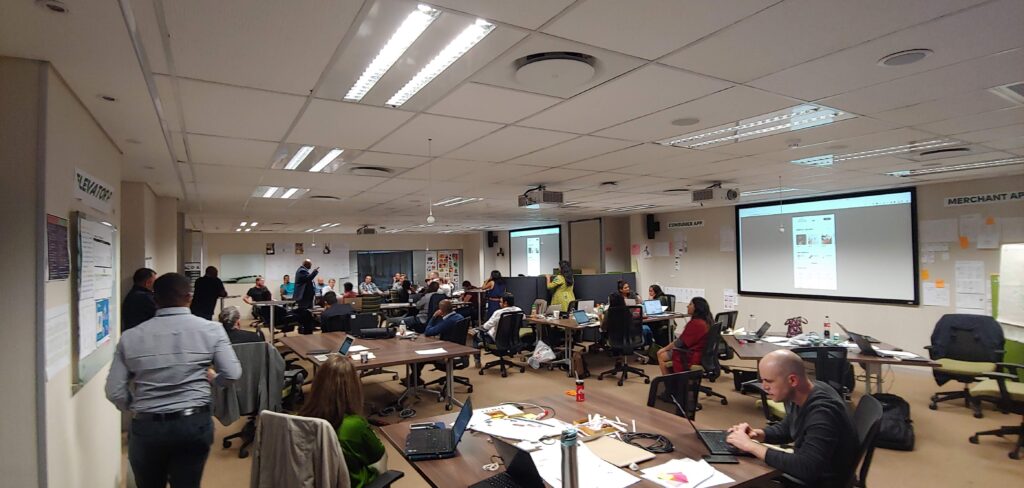
Remote team management
As the global health crisis necessitated remote work, I leveraged my experience working at RightScale to conduct seminars for the team about best practices and ways of operating remotely in an effective manner. These seminars did not focus only on delivery of work, but also talked about wellbeing, career development, and showcasing the unique advantages that remote working offers.
Some of the larger alignment meetings had more than 60 people in attendance, but structured meeting agendas and Q&A protocols kept the signal to noise ratio well within acceptable limits. There was minimal impact on the cadence of work during that time, something I am very proud of.
The launch
Avo was launched in May 2020, in the heart of the pandemic as a way of providing South Africans with a complete digital solution to have all their lifestyle needs met. Within five months of launch, they had over 130,000 registered users, with a weekly uptake of 5000 users.
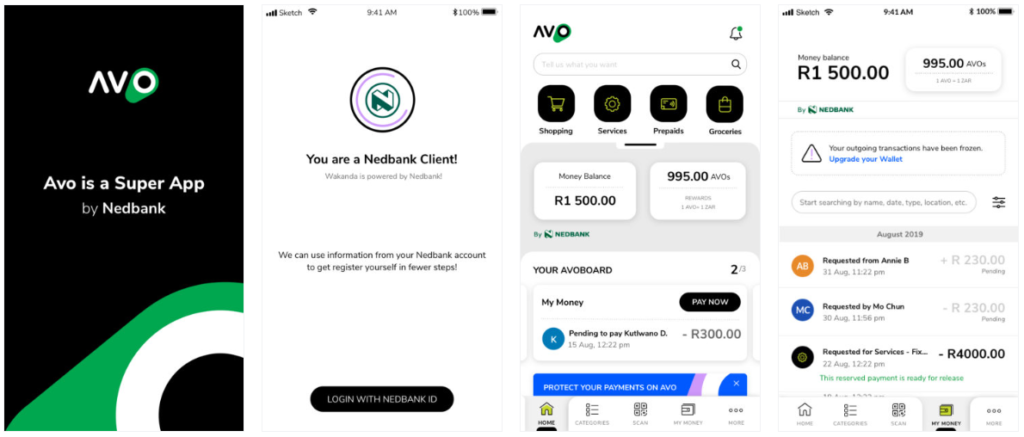
Key learnings
👍 Coordinating design work across more than 8 squads representing different modules and business verticals of the app in both co-located and remote scenarios
👍 Development of the end-to-end product and to-go market strategy
👍 Take care of team morale and wellbeing in a foreign country
👍 Product launch decision factors go beyond just the design and development considerations, and sometimes, the best way to get decision supporting insights is to see how the product behaves in the wild after release.
